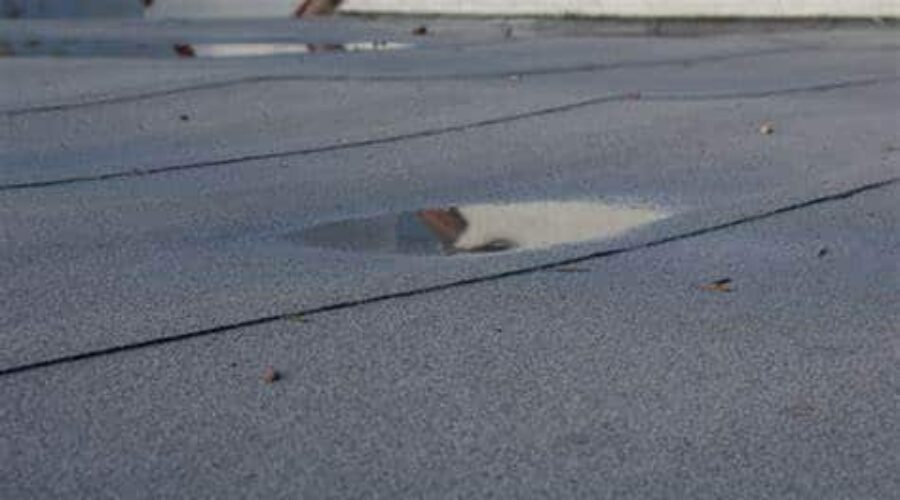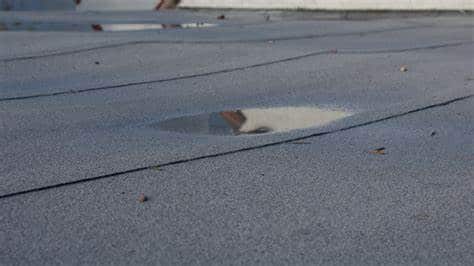
5 Tips To Find Leaks In Roof In San Diego
A leaking roof can be a homeowner’s nightmare, leading to water damage, mold growth, and costly repairs. Timely detection of roof leaks is crucial to prevent these issues from escalating. Whether you’re a seasoned homeowner or a first-time buyer, knowing how to identify potential roof leaks can save you a significant amount of money and stress. Here are five essential tips to help you find leaks in your roof before they cause major problems.
-
Regular Inspections Are Key
Prevention is always better than cure, and this holds true for roof leaks. Schedule regular roof inspections, especially after extreme weather conditions like heavy rain, snow, or strong winds. Use binoculars to observe your roof from the ground, looking for missing or damaged shingles, cracks in the flashing, and any visible signs of wear and tear. If you’re comfortable with heights, climb onto the roof and carefully examine the areas around vents, chimneys, and skylights for potential leaks.
-
Check Attics And Ceilings
An effective way to detect roof leaks is by checking your attic and ceilings for any signs of water damage. Look for water stains, discoloration, or mold growth on the walls and ceilings. If you notice any of these issues, trace the water stains back to their source, as this will help you pinpoint the location of the leak on your roof. Keep in mind that water can travel along rafters and beams before dripping down, so the source of the leak might not be directly above the visible damage.
-
Use Water Testing
If you suspect a leak but can’t identify its source, enlist a helper and use a garden hose to simulate rainfall. Start from the bottom of the roof and work your way up, thoroughly soaking each section as you go. Your helper should be inside the house, watching for any signs of water entering the structure. This method can help you locate leaks that might not be apparent during a visual inspection.
-
Pay Attention To Indoor Signs
In addition to examining your attic and ceilings, pay attention to any indoor signs of a roof leak. These could include water stains on walls, peeling paint, or a musty odor. Sometimes, leaks can occur around light fixtures or ceiling fans. If you notice any unexpected water-related issues indoors, it’s worth investigating the roof as a potential source.
-
Consult Professionals
If you’re unable to locate the source of a leak or if you’re uncomfortable performing roof inspections yourself, it’s best to consult professionals. Experienced roofing contractors have the expertise and tools to identify and fix roof leaks efficiently. They can also provide valuable insights into the overall condition of your roof and recommend necessary repairs or maintenance.
FAQs
Can I Repair A Roof Leak Myself?
While some minor leaks can be fixed by homeowners with basic DIY skills, it’s recommended to consult professionals for a thorough assessment. Attempting complex repairs without proper knowledge might worsen the situation.
How Often Should I Inspect My Roof For Leaks?
Perform visual roof inspections at least twice a year, ideally in the spring and fall. Additionally, inspect after severe weather events to catch potential damage early.
Are All Water Stains On Ceilings Indicative Of Roof Leaks?
Not necessarily. Water stains on ceilings can also result from plumbing leaks or condensation issues. It’s important to investigate thoroughly to identify the source accurately.
Conclusion
Call 1st Response Leak Detection at (619) 374-8554 right away to set up an interactive consultation with one of our experts.
Call the experts of 1st Response Leak Detection at (619) 374-8554 to avail of our leak detection services in San Diego, CA.



